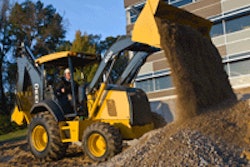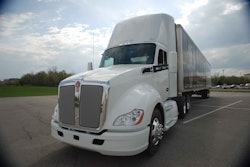By Mike Anderson
Impressing veteran equipment operators is never easy. For Georgia contractor Lee Deas IV, though, a light bulb turned on the day he pulled himself into the cab of a 72,000-pound crawler excavator.
“I’ve run small excavators my whole life, but it’s a whole different ballgame when you get on something that big,” says Deas, owner of Precision Site Works, based in the Augusta suburb of Evans. “It just opened up my eyes on how much more production can be done with that machine versus the smaller machines. It’s just amazing the difference.”
A year-and-a-half after buying the 33-metric-ton JCB, Deas couldn’t be happier. And it’s not only about digging and loading more dirt. When his JS330LC is not being used to lay pipe at the new fixed-base operator (FBO) terminal being built at Augusta Regional Airport, it is demolishing concrete at the nearby James B. Messerly Waste Water Treatment Plant. “It’s fantastic,” he says. “We run it every day, and we haven’t had a minute’s trouble out of it.”
Deas, who owns other brands in smaller size classes, is emblematic of two market trends cited by excavator manufacturers:
• a migration of excavator sales from the 20-metric-ton class – the traditional “sweet spot” – up to the 30-metric-ton class, for which some limited anecdotal evidence exists.
• the expanded use of machines 30 metric tons and up in various applications beyond traditional bucket use.









